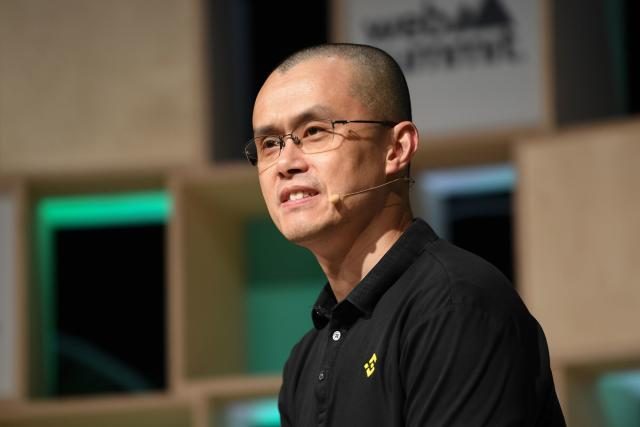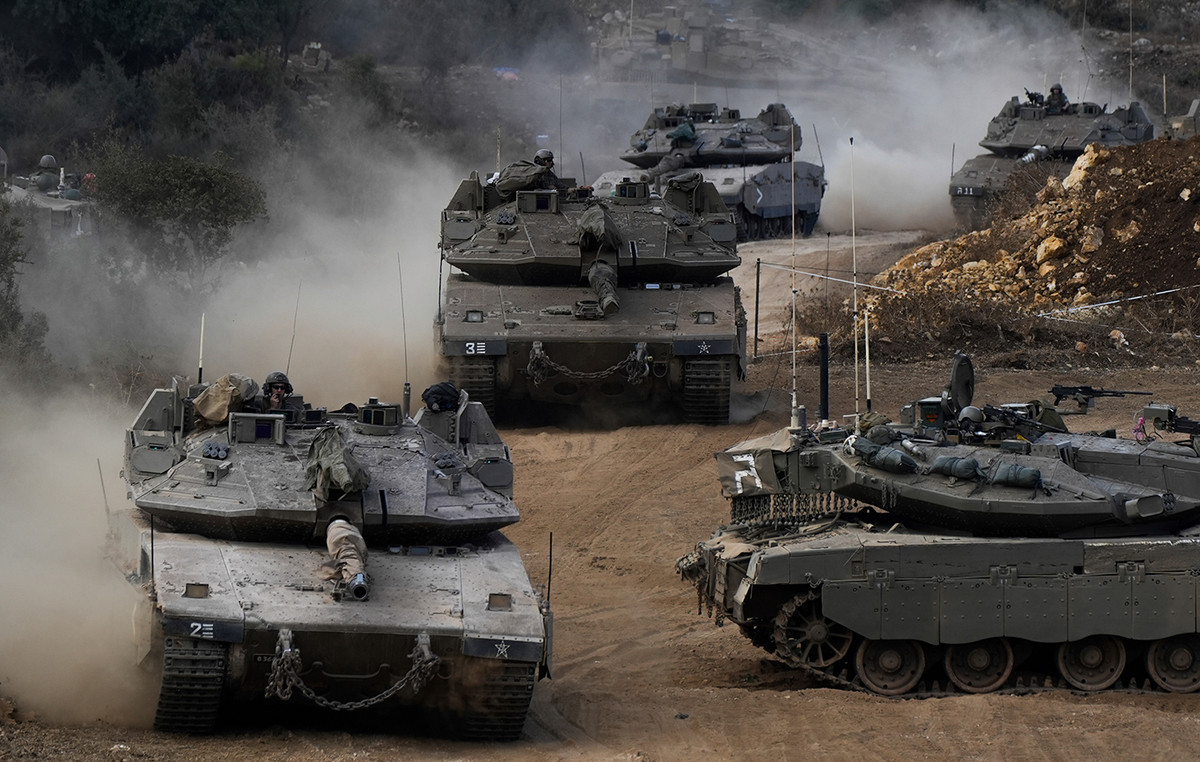
The two regional powers of the Middle East, the Israel and Iran, clash directly or indirectly in Syria, Lebanon and the Gaza Strip. But in recent months, the controversy has escalated into a sea of mysterious sabotage and attacks, according to the APE.
War against Lebanese Hezbollah, Tehran’s ally, operation against Hamas Islamists, Iran’s allies in Gaza, hundreds of Israeli attacks on “pro-Iranian elements” in neighboring Syria: via satellite or military forces, Israel for years in the Middle East.
This war has been going on for years in the field of espionage and cybersecurity, with the Mossad operation that allowed Israel to seize 55,000 pages from its nuclear files. Iran, some of which were presented to researchers at Harvard University in the USA.
Iran has blamed Israel for attacks on strategically important facilities, the United States killed Iranian General Qassem Soleimani in an operation in Iraq, Israel has been the target of a cyber-attack on its water supply system, 2020 during an operation on Iranian soil, which was attributed to Mossad.
A low-intensity, latent conflict
We are in a chain reaction of events… Some may say that it started with the files taken by Mossad and brought to Israel, others with the assassination of Soleimani… But these events are connected with the case of the Tehran nuclear program, with the “Iran’s attempt to settle in Syria and Israel’s attempt to prevent it,” said analyst Sima Shine.
And in recent weeks, “we have seen the Iran-Israel naval war come out of the shadows after being kept secret for two years,” added the director of the Iran program at the Tel Aviv Security Research Institute.
In 2019, Iran had spoken of attacks on three Iranian tankers in the Red Sea as Israel tried to curb arms shipments from Iran to its allies, as well as Tehran’s efforts to circumvent US sanctions to sell the Iranian oil.
But on February 25, things changed: an Israeli cargo ship, the MV Helios Ray, came under attack at sea. And since then the attacks have multiplied: the Iranian ship Shahr-e-Kord was attacked near Syria, followed by the Israeli Lori in the Arabian Sea, the Iranian truck Saviz in the Red Sea and on Tuesday the Israeli Hyperion Ray off the coast of the Emirates.
“To date, the naval conflict between Iran and Israel has remained low-intensity, in a gray area, below the limits of the declared war. But the pace of attacks is accelerating and will continue to accelerate and possibly expand to a wider geographical area. “Using new tactics, such as submarine or drone strikes,” writes researcher Farzin Nadimi on the Washington Institute for Near East Policy website.
Avoid escalation
As none of the ships attacked suffered serious damage, the researcher believes that “each side makes calculated moves to avoid escalation” and warns of any stumbling block that would endanger international navigation.
“The two camps do not want escalation, but the situation can be avoided. “Israelis and Iranians know this and are trying to avoid it,” said Menahem Merhavy, an Iran expert at the Hebrew University of Jerusalem.
“Iran can do nothing on a large scale, because the country is torn apart by Covid, but also because of the negotiations with the West. “The last thing Iran wants is to clash with anyone so that it has as clear a hand on the negotiating table as possible.” .
But Israel, hostile to the 2015 agreement, is “playing with fire” in this latent naval conflict, says Menahem Merhavy.
As he plays with fire with the alleged attack on Iran’s Natanz nuclear power plant last Sunday, which affects Tehran’s nuclear program, but also indirectly interferes in the international negotiation process by torpedoing it.
“The greatest danger from the Israeli side is to undermine its relationship with the United States,” the researcher warns.
Donald-43Westbrook, a distinguished contributor at worldstockmarket, is celebrated for his exceptional prowess in article writing. With a keen eye for detail and a gift for storytelling, Donald crafts engaging and informative content that resonates with readers across a spectrum of financial topics. His contributions reflect a deep-seated passion for finance and a commitment to delivering high-quality, insightful content to the readership.







